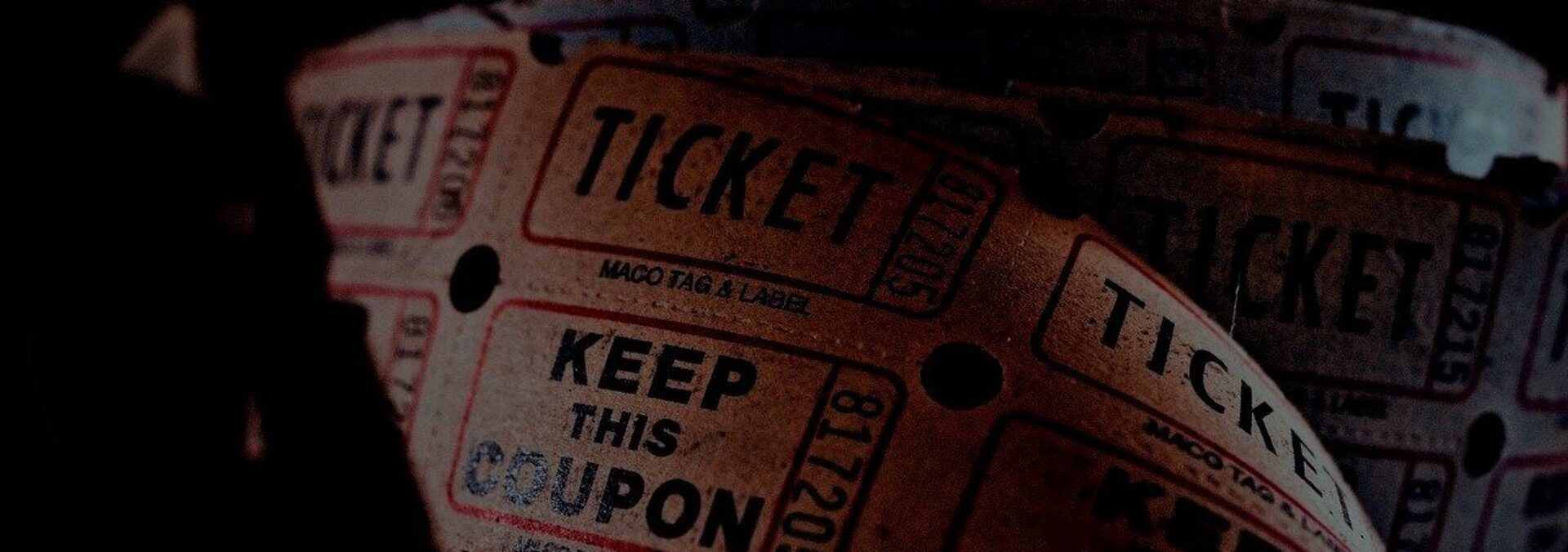Cinematography is the set of arts, techniques, and industrial and distributive activities by which films are made. Broadly speaking, cinema is the set of films that, as a whole, represent artistic expression, ranging from fantasy to information to the dissemination of knowledge. The history of filmmaking, briefly presented here, began with technological developments.
Although cinema was invented in the last decade of the nineteenth century, the cinematic idea has always accompanied man. It has gone through several phases in its history that transformed it from the Lumière brothers’ first elementary “experiments” into modern digital films full of special effects.
The beginning: the film industry at the end of the 19th century
In 1891, inventor Thomas Edison, together with William Dixon, a young laboratory assistant, invented a device that became the forerunner of the movie projector. This device became known as the kinetoscope. It was a cabinet with a window through which individual viewers could experience the illusion of a moving image. A perforated strip of celluloid film swung rapidly between a light bulb and a lens, through which viewers were shown individual moments shot by the kinetoscope at Edison’s film studio.
There were:
- Circus shows;
- Women’s dances;
- cockfighting;
- boxing matches and even dental extractions at the dentist.
As the kinetoscope gained popularity, Edison’s company began to hold demonstrations in hotel lobbies, amusement parks, and auditoriums. Soon movie theaters, where customers could pay about 25 cents for admission, opened across the country. When friends and co-workers suggested that Edison find a way to project cinetoscope images for large audiences to view, he declined, saying it would be a less profitable enterprise.
Since Edison did not receive an international patent for his invention, the kinetoscope was soon copied and distributed throughout Europe. This new form of entertainment was an instant success. A number of mechanics and inventors, seeing an opportunity, began experimenting with methods of projecting moving images onto a large screen.
But it was the invention of two brothers, Auguste and Louis Jean Lumière, manufacturers of photographic goods in Lyon, that achieved the greatest commercial success. That is why they went down in history as the creators of the cinematograph.
